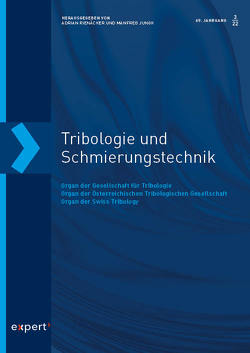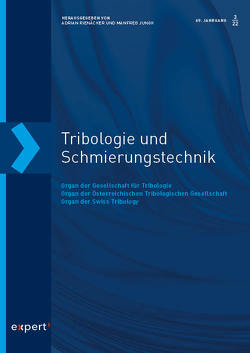Springback in deep drawing – Accurate prediction and reduction
Hamad ul Hassan
One of the main problems in the field of deep drawing is springback. After the deep drawing process, the parts are unloaded which results in the deviation of the formed part from the desired geometry due to elastic strains. This springback must be predicted accurately and reduced efficiently to avoid problems later in the assembly stage. If not coped properly, it can lead to unwanted increase in cost and time delays due to tool reworking. Prediction of the springback is normally carried out by finite element (FE) analysis using a single stress-strain curve that is expected to reproduce the material behavior over a wide range of strains. However, the application of single stress-strain curve for the springback prediction has shown limited potential for complex parts. In addition, the springback reduction based on increase of the constant blankholder force is limited.
In the scope of this research work a strategy of application of multiple stress-strain curves in finite element simulations for accurate springback prediction is presented. It is also shown that the variation of the blankholder force during the deep drawing process leads to a smaller springback.











